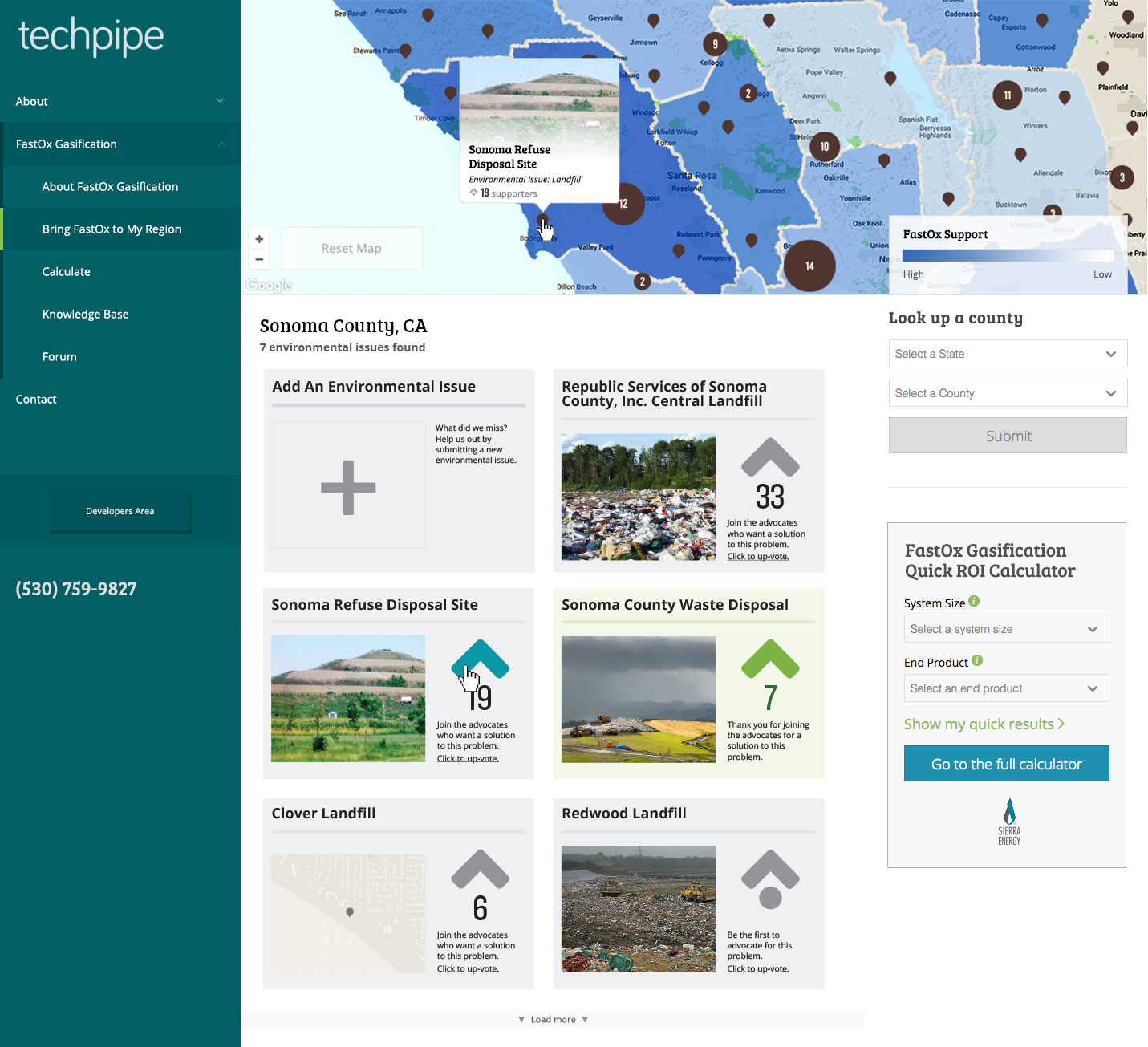Necessity is the mother of invention.
In 2004, Mike G. Hart, found a machine that could turn trash into energy. He built a company—Sierra Energy—around this incredible technology, and became its CEO. At first, things were looking great for Sierra Energy, and for a real solution to our global trash and energy problems.
The impressive little company had only one problem: funding. The money the company had received to develop the initial concept was about to evaporate. The money for the Army contract would be received upon project milestones. Between those milestones, there was nothing. Turning the plans into a reality would take effort, additional personnel, and time. In the meantime, the CEO watched as many of his friends and competitors in the green tech space went out of business when they ran out of money. His CEO friends lost their companies, and the world lost a great technology: a potential solution to some very real problem. Would the same thing happen to Sierra Energy and the incredible trash-to-energy machine?
Mike dreamt of an online platform where world-saving “green” technologies could simultaneously crowd-fund their own development and deploy industrial-scale facilities worldwide at an accelerated rate. If it sounds complex and difficult to understand at a glance, rest assured that it is.
Bridging The Chasm
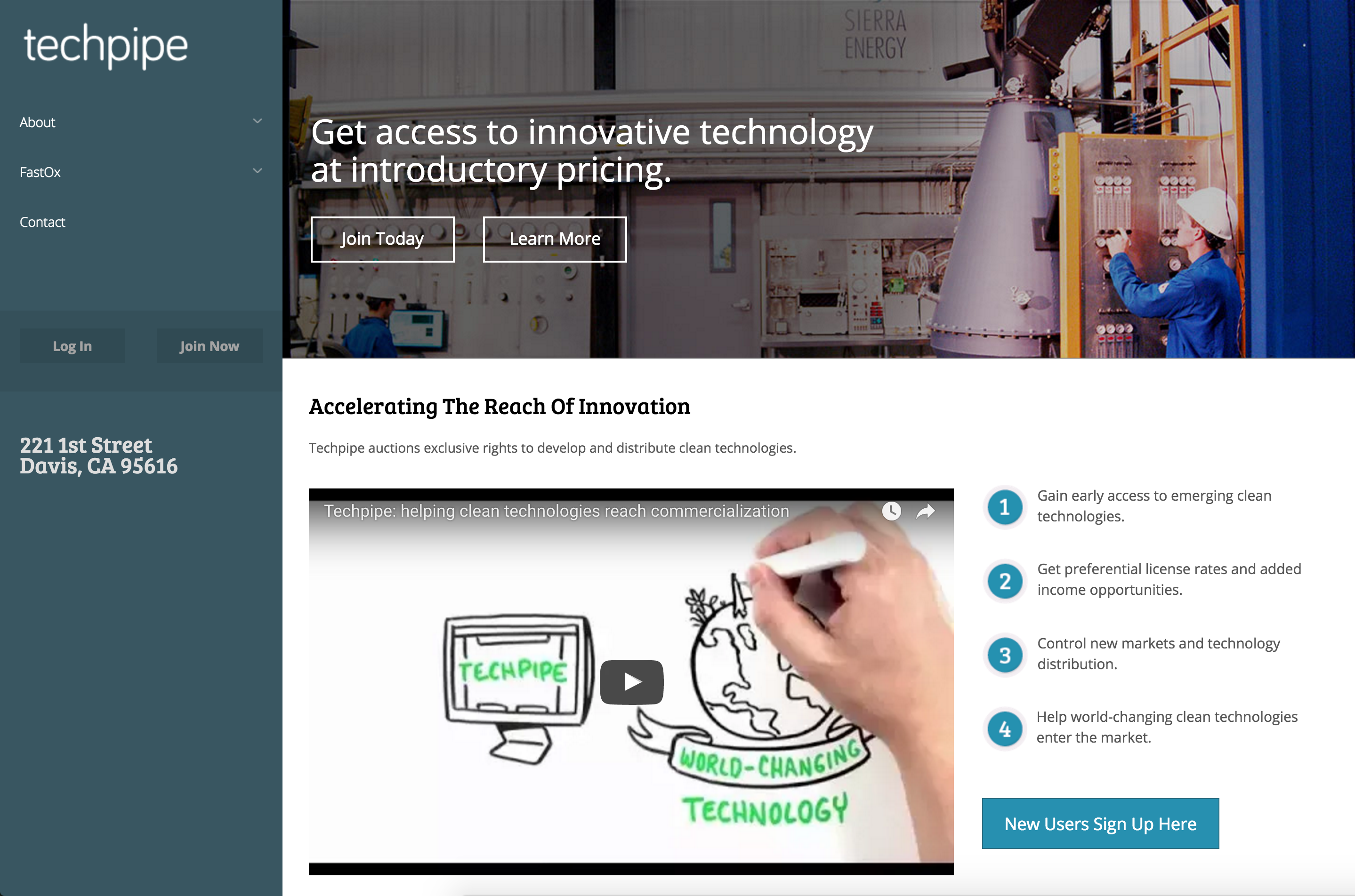
Crowdfunding has been a household name for years. Entrepreneurs with a great idea for a consumer product can validate the market’s demand before entering into costly production to furnish the supply. But what if your product isn’t a consumer-grade item? What if your product is a multi-million dollar industrial waste-to-energy plant, instead?
There is a considerable amount of government funding available for inventors of technology to solve environmental problems, but no funding available for the commercialization of that technology. So, many brilliant “green tech” companies run out of money in the period of time between initial proof of concept and functional deployment. This period of time is called the “valley of death,” or the “chasm.”
Techpipe.com was developed to bridge that chasm. After successfully inventing and testing a piece of green tech, startups could auction licenses to build their technology across the globe. Real estate developers in a given region could bid on the exclusive rights to use that technology on the site.
If you build it, they will come.
It was a huge project and a difficult sell, but Mike Hart just had to build and test his concept. He had spent a lot of time thinking about this pet project before I was tapped to design the user experience and interface. Every conversation with him was a jumble of ideas and often-conflicting business goals. It took almost two months to thoroughly define the project scope with wireframes, diagrams, and requirements. I developed all of these materials, (working with the CIO to quickly diagram the database model and auction states,) resulting in a massive 46-page document. (If you’re interested in perusing this beast, I can show it to you upon request.)
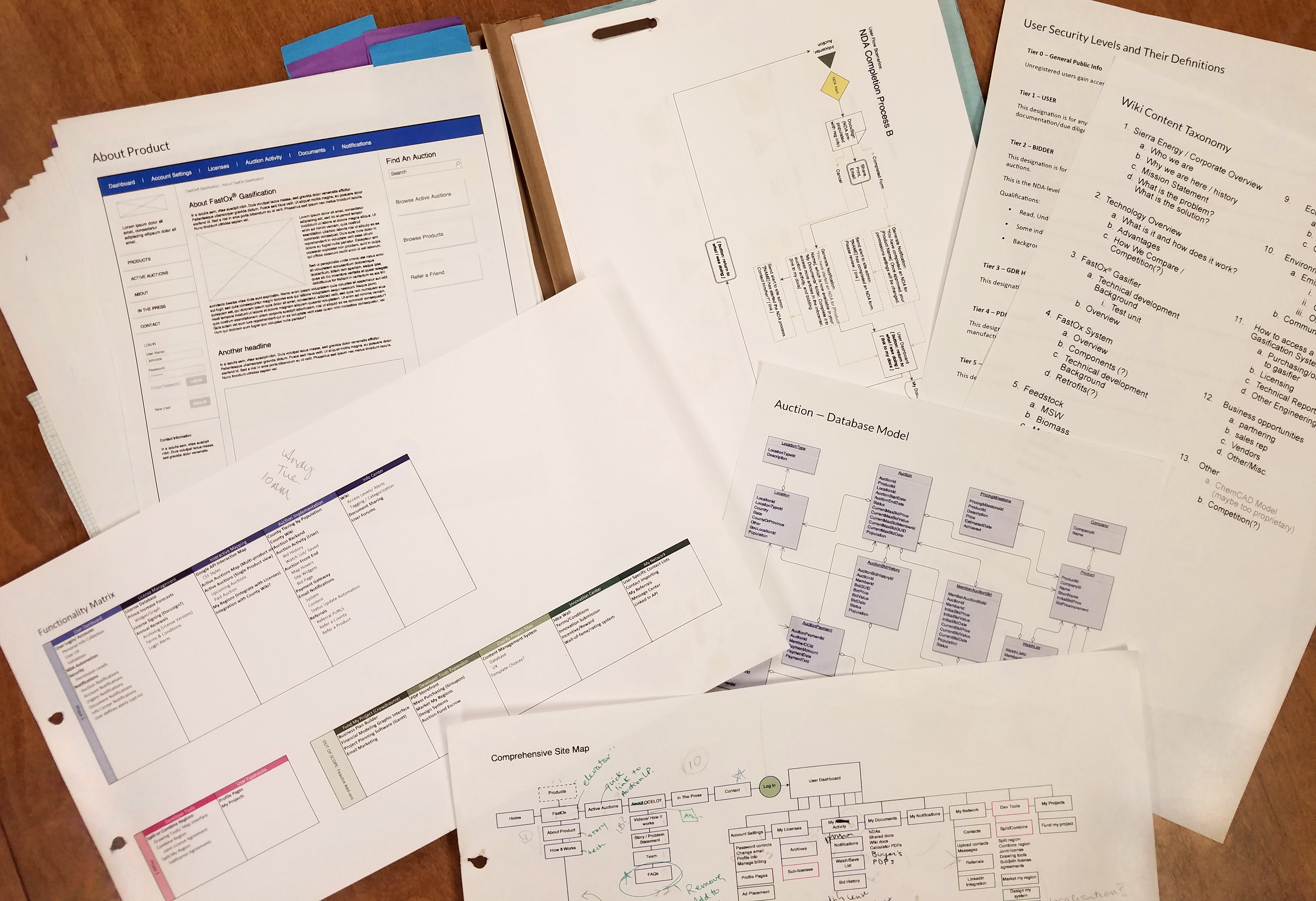
But when they get there, will they do what you expect?
In August of 2015, the first version of Techpipe.com launched, along with a massive marketing campaign. Despite a successful campaign earning one million impressions, the initial test auction was not successful. What went wrong?
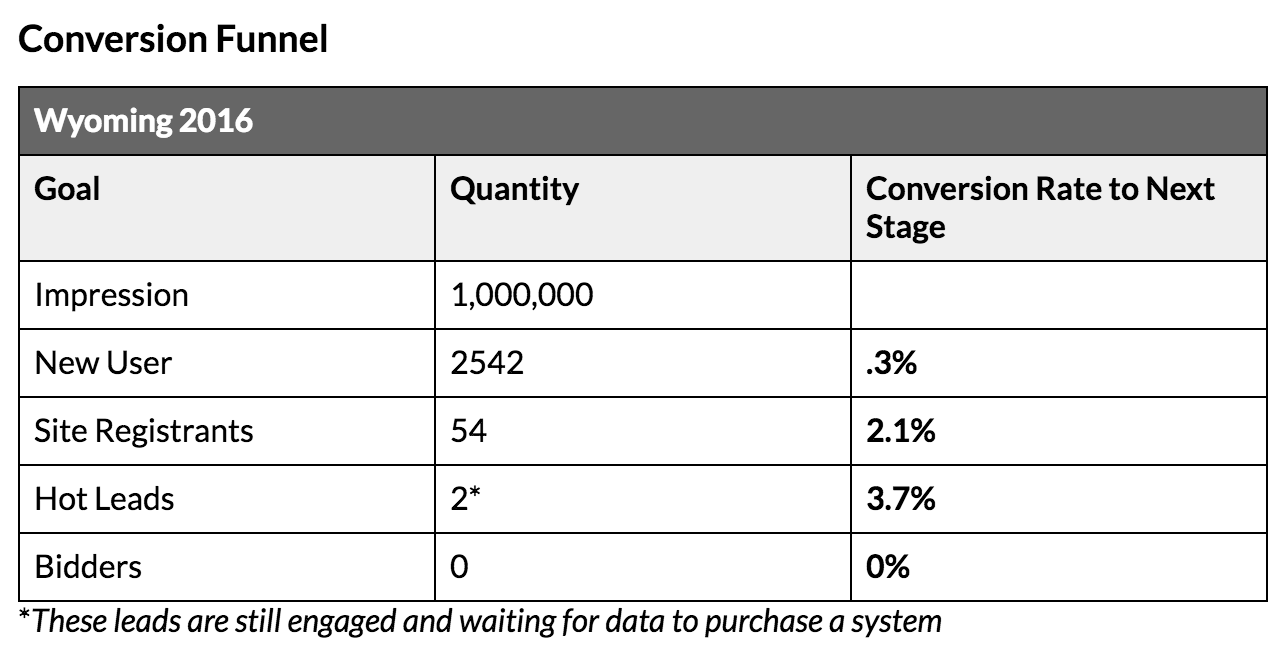
The opaque complexity of the idea was a clear obstacle. Also, the community of potential licensees in any given region was just too niche. Finally, the demographics and market data we had available to select which region to open to auction was murky at best.
We got together to parse through our marketing data, and ultimately, decided on a major paradigm shift for Techpipe.com.
Give me data and I’ll give you direction—a new path forward.
Now, the front-facing aspect of the website has a much simpler call-to-action: learn about potential environmental issues in your area, like landfills, and vote to bring new technological solutions to abate those issues. Anyone can vote for any issue across the country (and soon the globe). Behind the scenes, the Techpipe business development team will be watching as the community at large identifies which areas of the country are the most ripe for development. When a region is looking promising, the team will start to manually identify real estate developers, landfill owners, municipalities, and other key players in that region. Once the list of heavy-hitters has been culled, the marketing and sales team can personally reach out to those players, educating them about the potential environmental issues, and the new green tech solutions that are available. If we get a few matches: a development site, an investor, and an interested entrepreneur, we can open bidding in that region, having validated a demand for the technology before furnishing the supply.
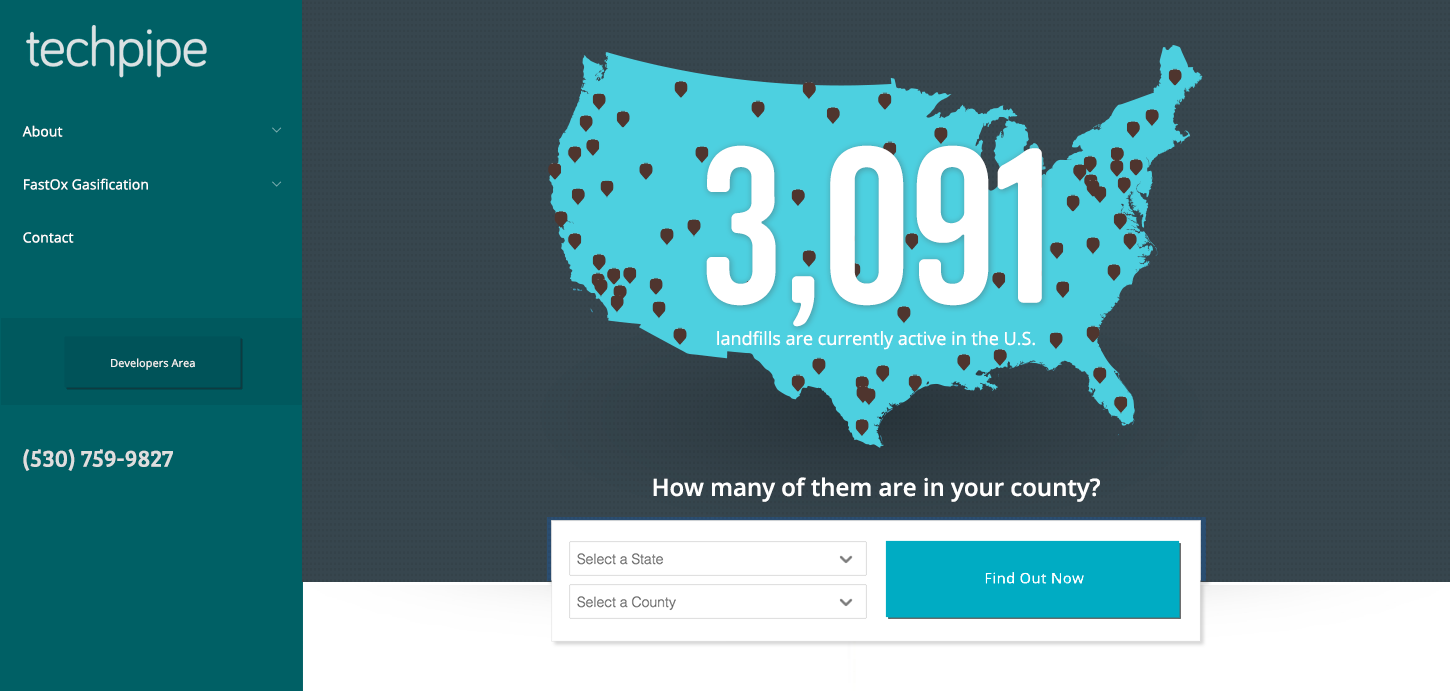
The first roll-out of the new Techpipe.com is scheduled for the fourth quarter of 2016. Stay tuned, or contact me for a closer look at this huge, fascinating and ever-evolving project.
